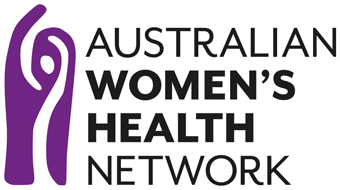The projected timeframe until cervical cancer elimination in Australia
Publisher: Elsevier October 2018
Status – CURRENT
In 2007, Australia was one of the first countries to introduce a national human papillomavirus (HPV) vaccination programme, and it has since achieved high vaccination coverage across both sexes. In December, 2017,
organised cervical screening in Australia transitioned from cytology-based screening every 2 years for women aged from 18–20 years to 69 years, to primary HPV testing every 5 years for women aged 25–69 years and exit testing for women aged 70–74 years.
Future health service use and cost: Insights from ALSWH 2016
Publisher: Prepared for the Australia Government Department of Health June 2016
Status – CURRENT
This report uses ALSWH data to identify expected trends in health status, health risks, and
behaviours over the next two decades, and to compare trends across cohorts. Analysis of
linked data on key health service use for women with different health and social needs provides an indication of potential service burden.
Use, access to and impact of Medicare services for Australian women
Publisher: ALSWH prepared for Government of Australia Department of Health June 2017
Status – CURRENT
This major report, the latest in a series for the Department of Health examines and compares the use of access to and the impact of Medicare services for women in Australia across the life course. The life course approach adopted focuses on how life factors can change across the life stages and is captured across 20 years of surveys and 4 age cohorts.
ALSWH Annual Report 2015
Publisher: Australian Government Department of Health 2015
Status – CURRENT
The Australian Longitudinal Study on Women’s Health (ALSWH) funded by the Australian Government Department of Health, assesses women’s physical and mental health, as well as socio-demographic and lifestyle factors, and their use of health services. The Study is a national research resource, and since its inception has provided an evidence base to the government and other decision-making bodies within Australia for the development and evaluation of policy and practice in many areas of service delivery that affect women.
ALSWH Annual Report 2016
Publisher: Australian Government Department of Health 2016
Status – CURRENT
Funded by the Australian Government Department of Health, ALSWH assesses women’s physical and mental health, as well as socio-demographic and lifestyle factors, and their use of health services. The Study is a national research resource, and since its inception has provided an evidence base to the government and other decision-making bodies within Australia for the development and evaluation of policy and practice in many areas of service delivery that affect women.

